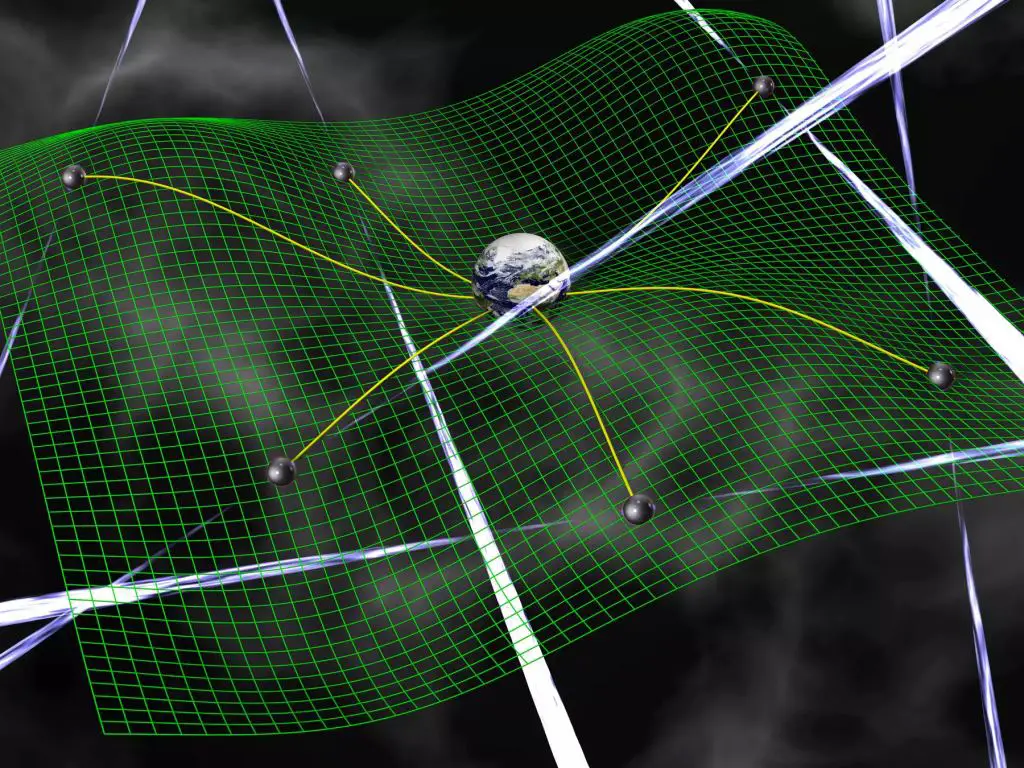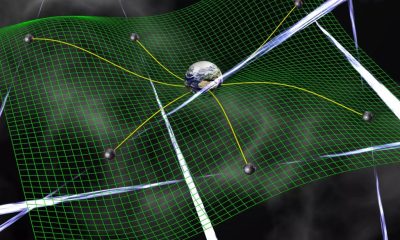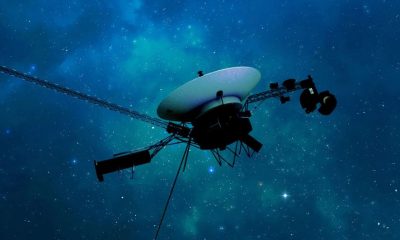News
Who Will Receive a Free 3-K Seat in NYC: The $30,000 Question

In the bustling city of New York, families are facing a new challenge as they navigate the uncertain landscape of early childhood education. The issue at hand is the recent decision by Mayor Eric Adams to backtrack on plans to make the city’s 3-K program universal, leaving many parents anxious about securing a free preschool seat for their children.
The consequences of this decision are already being felt across the city. In neighborhoods like Brooklyn Heights, Bay Ridge, and Stuyvesant Town, families are reevaluating their options and facing significant financial burdens as they grapple with the prospect of paying for child care without the support of a free 3-K program.
For years, New York City has prided itself on offering free prekindergarten seats to all 4-year-olds, with plans in place to extend this benefit to 3-year-olds. However, the Adams administration has made significant budget cuts to the preschool program due to empty seats, leaving many families in limbo as they try to secure a spot for their child.
As the application process for the upcoming school year opened, parents were met with uncertainty and confusion. The Education Department’s website informed them that there would only be seats available for 3-year-olds in half of the city’s school districts, prompting a fierce competition among families to secure a coveted spot.
Mayor Adams has expressed a commitment to improving access to affordable child care, but the recent setbacks in the 3-K program have raised doubts about the city’s ability to deliver on that promise. The departure of the executive director of the early childhood strategy office and the lack of a permanent replacement have added to the uncertainty surrounding the future of the program.
In the midst of this upheaval, parents like Megan Moskop-Toler and Amaris Cockfield are left wondering if their children will have access to free preschool. The anxiety and stress of navigating the preschool application process have become overwhelming for many families, leading to concerns about the impact on children’s education and the city’s economy.
As families await the release of offers for free preschool seats, the future remains uncertain for many. The 3-K program, once a beacon of hope for working families in New York City, is now facing an uncertain future, with questions looming about how it will be funded and sustained in the long term.
The recent report from the 5Boro Institute highlights the urgent need for action to address the crisis in child care in the city. The group has called for immediate measures to save the system from collapse, including filling staff vacancies, increasing outreach to vulnerable families, and raising wages for child care workers.
As families like Shelley Cheung Claudon and Gina Lee struggle to navigate the complex preschool application process, the broader issue of affordable child care in New York City looms large. The city’s failure to address the crisis in child care could have far-reaching consequences, leading to more families leaving the city and further cuts to essential programs.
In the face of these challenges, parents like Sara Lord are left grappling with the impossibility of sustaining a life in the city without affordable child care options. The lack of a solution for children under 3 years old and the uncertainty surrounding the 3-K program have left many families feeling disillusioned and uncertain about the future.
As New York City grapples with the fallout from the decision to scale back the 3-K program, families are left wondering who will ultimately benefit from a free preschool seat in this ever-changing landscape. The future of early childhood education in the city hangs in the balance, and the stakes for families could not be higher.
News
Further Support for Gravitational Wave Background in the Universe

The discovery of the gravitational wave background in 2016 marked a significant milestone in our understanding of the Universe. This groundbreaking discovery was further validated by the release of a second data set from the European Pulsar Timing Array, along with the addition of data from the Indian Pulsar Timing Array. These complementary studies have provided more evidence for the existence of the gravitational wave background, shedding light on the cosmic phenomena that shape our universe.
Gravitational waves are ripples in spacetime that are generated by violent processes such as merging black holes and colliding neutron stars. Predicted by Einstein in 1916 as part of his General Theory of Relativity, these waves have the ability to travel through space, largely unimpeded by any obstacles in their path. The first detection of gravitational waves in 2015 by the Laser Interferometer Gravitational-Wave Observatory (LIGO) confirmed their existence, originating from a gravitational merger between two black holes located 1.3 billion light years away.

The recent confirmation of the gravitational wave background by the European and Indian Pulsar Timing Arrays indicates that we are detecting a combined signal from the mergers of supermassive black holes. This random distribution of gravity waves that permeates the Universe offers a new avenue for studying the cosmos, akin to the Cosmic Background Radiation. The collaborative efforts of various observatories and research institutions have enabled us to delve deeper into the mysteries of the Universe.

Utilizing pulsar timing arrays as galaxy-sized detectors, researchers have been able to monitor and analyze the pulse arrival times of galactic pulsars on Earth. By detecting subtle patterns in these signals, they can uncover the presence of the gravitational wave background. The latest study led by J. Antoniadis from the Institute of Astrophysics in Greece delves into the implications of the low-frequency signals observed in the recent data releases from various pulsar timing array systems.
The accumulation of data from multiple sources has provided undeniable evidence for the existence of the gravitational wave background. With ongoing Pulsar Timing Array projects, the signals of the low-frequency gravity waves will become more distinct, offering a wealth of opportunities to explore the Universe in this novel way. The focus now shifts towards interpreting these signals to unlock the secrets of the cosmos.
-

 Entertainment1 week ago
Entertainment1 week agoOlivia Munn opens up about her decision to have a full hysterectomy during breast cancer fight: ‘It was the right choice for me’
-

 News1 week ago
News1 week agoUniversity of Wisconsin-Milwaukee and Protesters reach an agreement to dismantle encampment
-

 Entertainment1 day ago
Entertainment1 day agoSimone Biles Emerges Victorious over Suni Lee and Gabby Douglas at Gymnastics Classic
-

 News1 day ago
News1 day agoFacing Criticism for Shooting Dog, South Dakota Governor Noem Discusses ‘Difficult Choices’
-

 Business2 hours ago
Business2 hours agoWho are Crypto Market Makers and Market Takers?
-

 Entertainment3 hours ago
Entertainment3 hours agoCourteney Cox Reveals Late ‘Friends’ Co-Star Matthew Perry Continues to ‘Visit’ Her Even After His Passing
-

 News3 hours ago
News3 hours agoFurther Support for Gravitational Wave Background in the Universe










